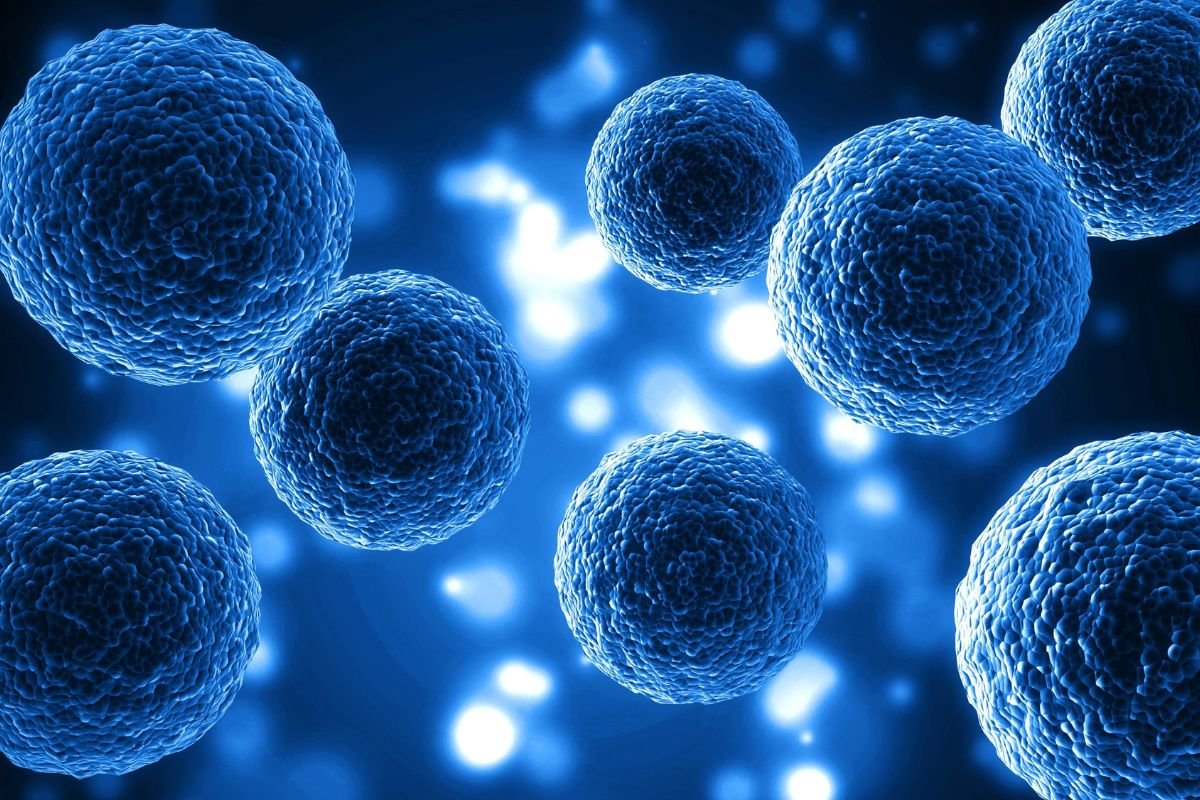Breakthrough in Cellular Research
Researchers at Umeå University have unveiled a set of advanced light-controlled tools that allow for precise, real-time regulation of proteins in living cells. This pioneering development offers new possibilities for investigating complex cellular mechanisms and has the potential to revolutionize fields such as medicine and synthetic biology.
Cellular activity is dictated by the accurate distribution and interaction of proteins across time and space. The ability to manipulate protein or gene functions is crucial to modern biological studies. While conventional techniques like CRISPR-Cas9 have proven effective, they function on a longer time scale, which may lead to cellular adaptation. Furthermore, these approaches often lack the spatial and temporal precision necessary for analyzing highly dynamic biological processes.
To overcome these limitations, researchers have turned to chemo-optogenetic systems, which integrate chemical compounds, optical technology, and genetically engineered proteins. These systems use light-sensitive molecules to control protein activities at specific locations within cells, offering a more precise and responsive alternative to existing methods. Professor Yaowen Wu’s research group at Umeå University has been at the forefront of developing such technologies.
Advancements in Molecular Glue Technology
Previously, the Wu lab introduced chemo-optogenetic systems based on molecular glues, which facilitate interactions between proteins to modify their location or activity. These molecular glues could be activated or deactivated by light, allowing researchers to manipulate protein function with higher precision. However, earlier versions of light-controlled tools had limitations, including inadequate chemical and photostability, restricting their practical applications.
Building upon their previous success, the team has now developed next-generation chemo-optogenetic tools that leverage photoswitchable molecular glues. These enhanced systems, detailed in two recent studies published in Angewandte Chemie International Edition and Chemistry – A European Journal, overcome earlier limitations and significantly improve upon previous models.
Through modifications in molecular design, these advanced glues can toggle between active and inactive states using light of specific wavelengths, effectively functioning like a molecular switch. This innovation enables multiple activation cycles, providing researchers with unprecedented control over cellular processes. The ability to dynamically manipulate protein function and localization in real time offers new opportunities for studying and influencing biological systems with remarkable precision.
Practical Applications and Future Potential
The versatility of the new molecular glue system is a significant advancement in the field. “The new modular design enables enormous versatility of the system with adaptable properties and more stability,” stated Jun Zhang, a staff scientist at Umeå University’s Department of Chemistry.
In laboratory experiments, researchers successfully demonstrated precise regulation of multiple cellular processes, including protein activity and localization, organelle positioning, and protein concentration levels. “In our experiments, we were able to demonstrate precise control over several processes in the cell, including protein function and localization, organelle positioning, and protein levels,” explained Laura Herzog, a postdoctoral fellow at the Department of Chemistry.
This breakthrough paves the way for new methodologies in cellular research, providing scientists with refined tools for manipulating biological systems. As research progresses, these innovative light-controlled tools could play a crucial role in advancing medical therapies and synthetic biology applications.







